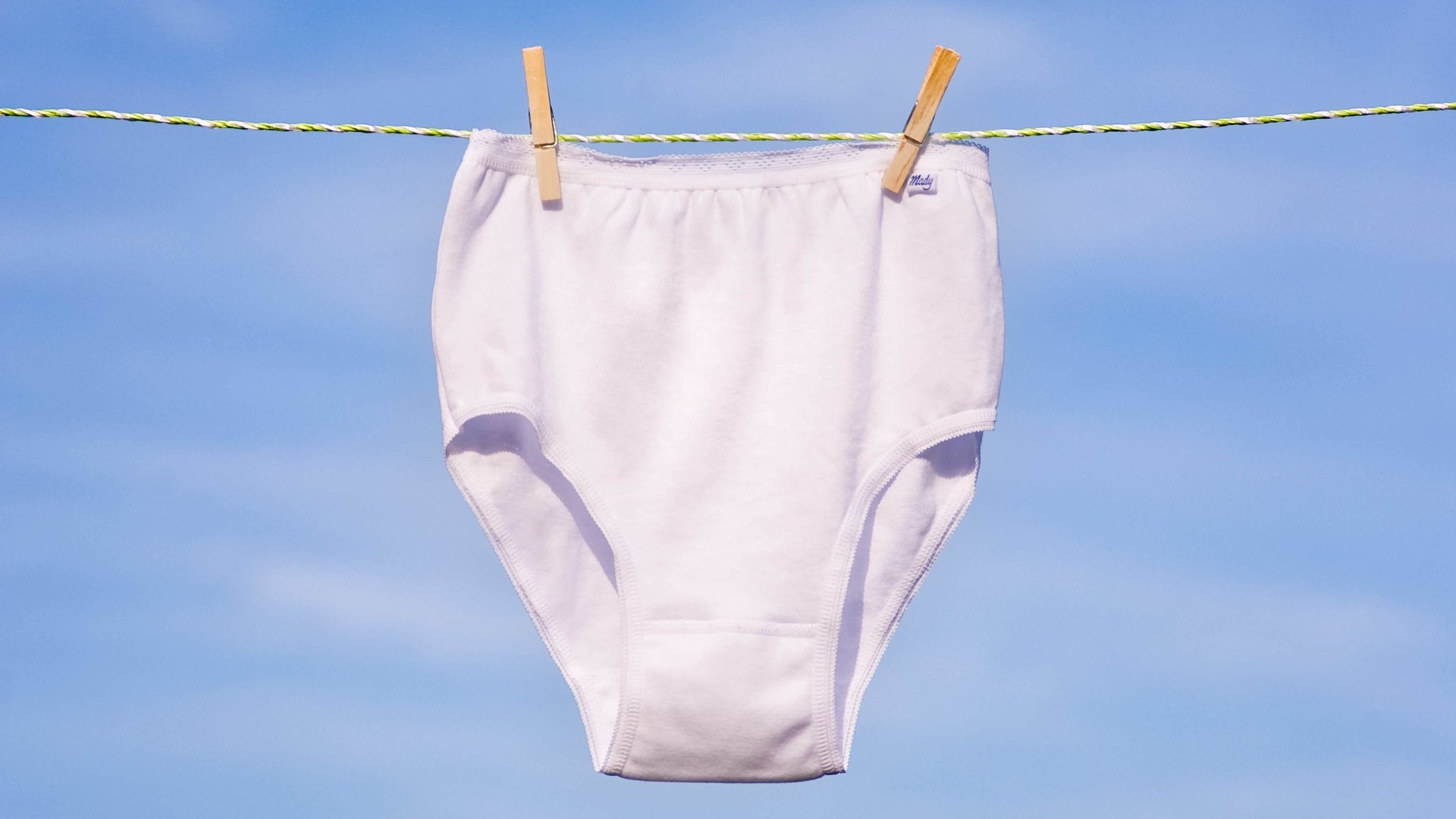How to Hand Wash Underwear (And Actually Get Them Clean)
I was working on an article for the New York Times about how to hand-launder clothes when a friend of mine texted me, “I have a question about hand-washing my gross underwear. How do you get them actually CLEAN? Do you scrub the crotch? Do you use a special detergent for, erm, “protein stains”?

I was working on an article for the New York Times about how to hand-launder clothes when a friend of mine texted me, “I have a question about hand-washing my gross underwear. How do you get them actually CLEAN? Do you scrub the crotch? Do you use a special detergent for, erm, “protein stains”?
Suggested Reading
It was a coincidence, and a kind of lucky one because I was able to tuck the question away for use in this column: Over the years I’ve learned that there are things I cannot say in the New York Times, no matter how useful or universal they may be to the readers. (“Anal glands” is one of them.) (It was a dog thing.) Which is why when I got that good question while I was writing the guide to hand-washing, I didn’t even try to get a section specifically about underwear in the article. Instead I waited and will write about it here! And so here comes the wisdom I have to lay on you about hand-laundering underwear.
Related Content
Stain Treatments
You can think of hand-laundering as, essentially, mimicking machine washing (water, detergent, agitation, soaking, more water for rinsing) — and pretty much anything you can do in a washing machine, you can replicate in a hand-washing situation.
The three most common underwear stains you’ll encounter all fall into the protein stain category—sexual fluids/discharge, blood, and feces. That means they can all be treated with the same category of stain removal products: Enzymatic stain removers.
You can also use a very small amount—less than a quarter of a teaspoon—of a liquid laundry detergent that has an enzyme-heavy formula to pre-treat stains.
One other thing that can happen with white and light-colored underwear is that, over time, they can become dingy. If you want to reverse dinge, try adding a small amount of OxiClean to the wash and letting the underwear soak for 30-60 minutes.
Washing Technique
In addition to the steps outlined in my guide to hand-laundering clothes, you will also benefit from adding one extra step when washing unders: After you’ve put them in the water with detergent, rub the crotch against itself while submerged in the water. This will help to work the stain treatment, if you’re using one, detergent and water into the fibers of the underwear prior to soaking, which will break those stains down.
Water Temperature
Protein stained garments are best washed in cold water; protein will get glue-like in hot water, making it much, much more difficult to remove. If it’s more comfortable, cool or lukewarm water is fine to use, you don’t need to use ice cold water. As long as you remember to avoid water that’s hot to the touch you’ll be A-OK. You can also wear household gloves while hand-washing clothes if it’s more comfortable for you; this is especially recommended for people who have sensitive skin that might become irritated by exposure to detergent.
Avoiding Skin Irritation
Over the years, I’ve helped people who have had problems with hand-laundered underwear causing yeast infections and other irritation. The solution is always the same:
1. Be mindful to not overuse detergent;
2. Rinse the underwear very, very well.
Basically, the issue is detergent residue causing irritation. It can be easy to think that using more detergent = more clean, but the opposite is true. Using too much detergent means that suds will be left behind in the fibers, which does not = clean! So the way to ensure that your underwear get really clean is to make sure they’re rinsed entirely of suds. I find a two-fold approach to rinsing works best:
- After draining the sudsy wash water, rinse each pair of underwear under gently running water (avoid using the full force of the tap, as it can cause delicate fabric to stretch) paying special attention to rinsing the crotch area by rubbing the fabric against itself under the running water.
- Wipe out, plug, and refill the sink with clean water, and rinse the underwear again.
- Repeat.
Three rinsings, I’ve found, is the right number to ensure that underwear are fully rinsed of detergent residue.
